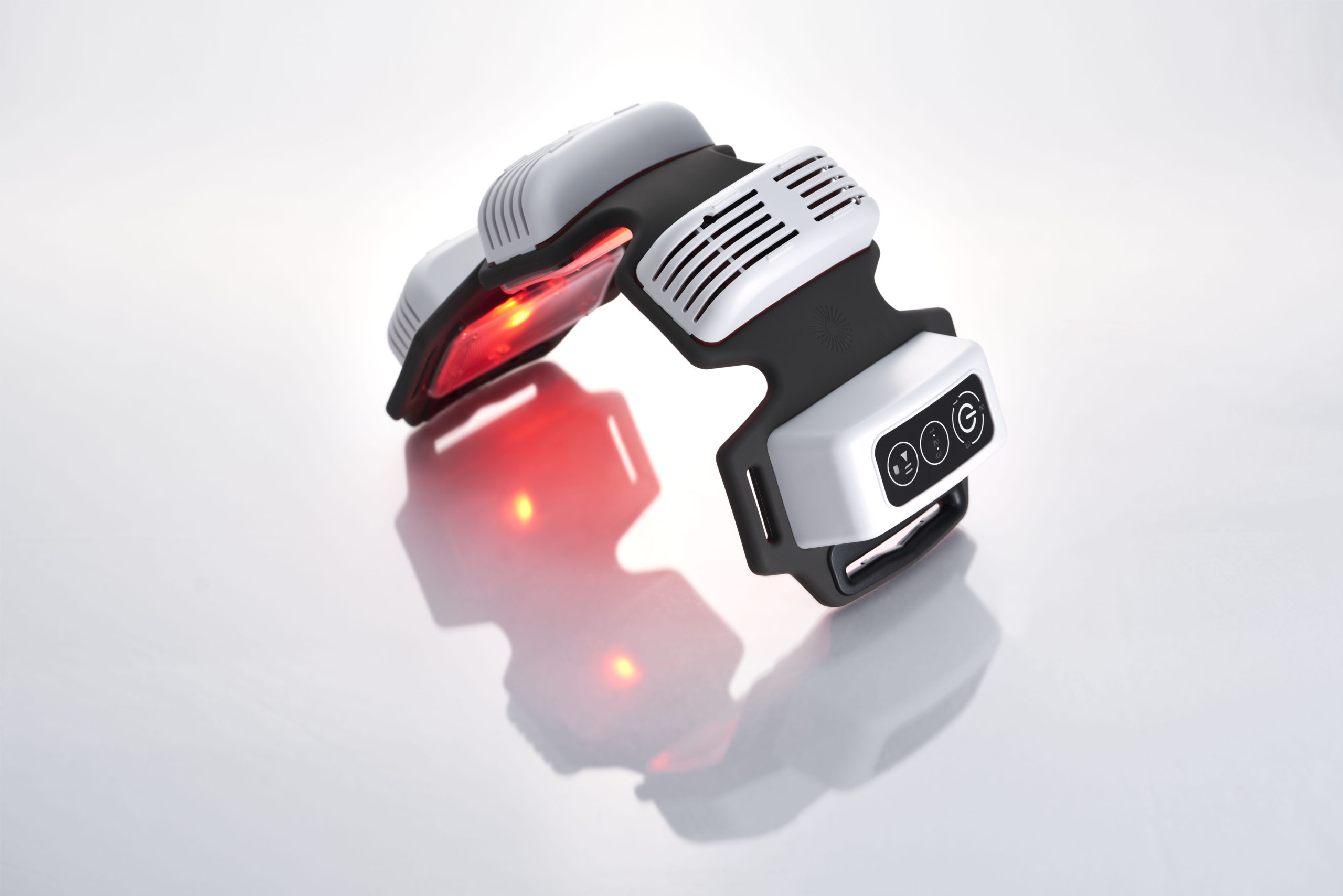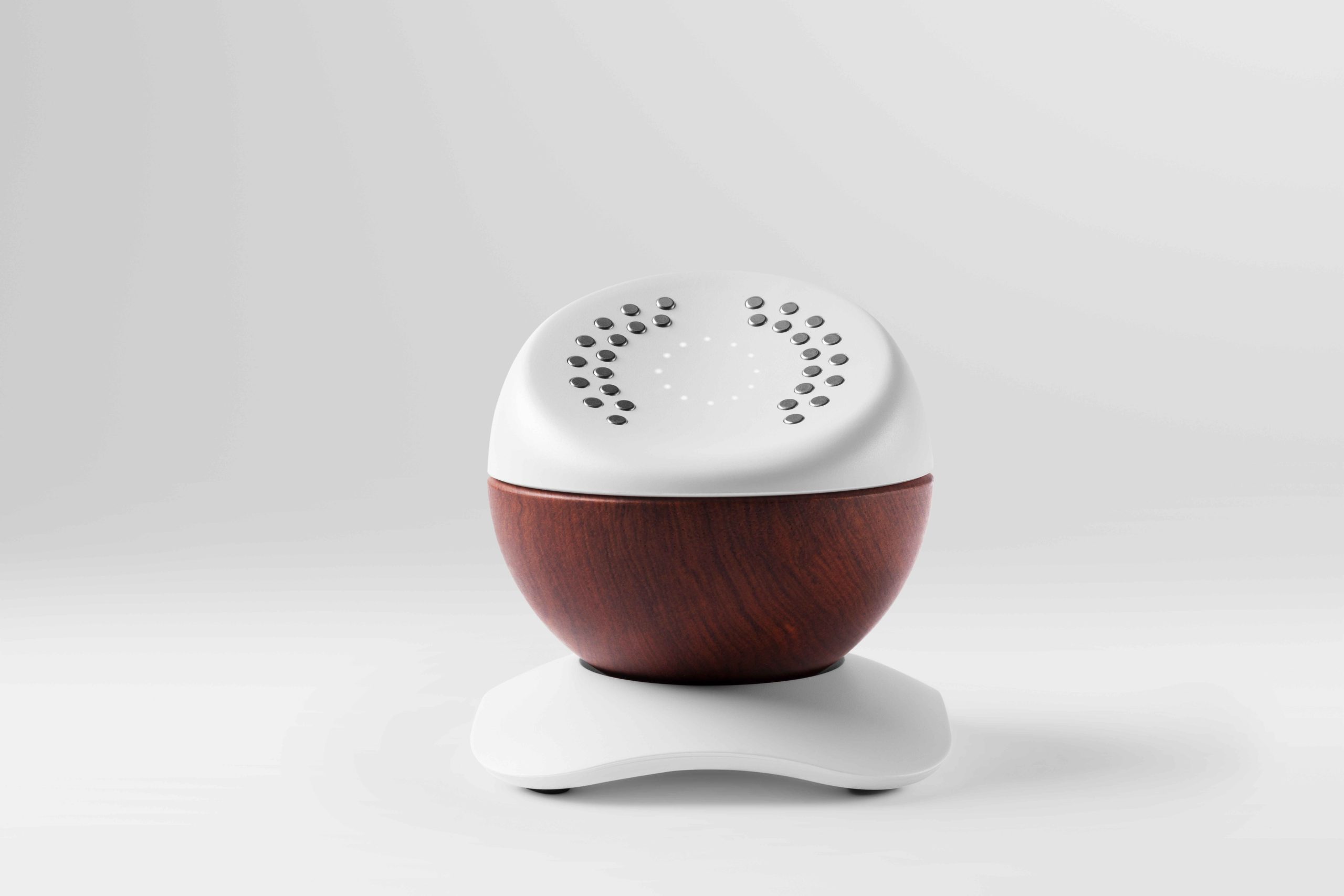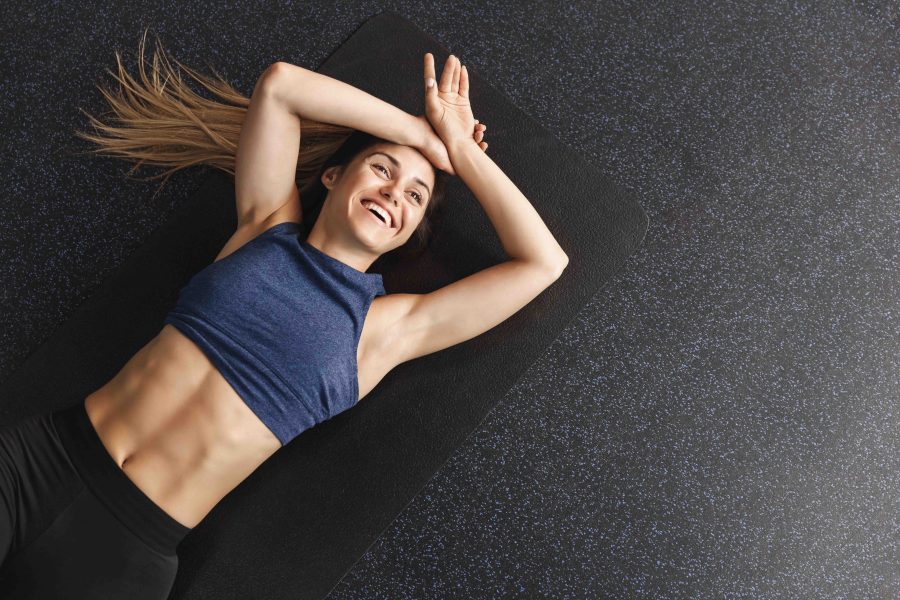In the first of a new series on sports therapies to help you meet your training goals, we uncover the science behind far-infrared light therapy and how it helps aid recovery…
By Eve Boggenpoel
We can’t see infrared light, but we do feel its effects. When you’re basking in the heat on a summer’s day, the warmth you feel comes from infrared radiation emitted from the sun.
But to understand far-infrared (FIR) light therapy properly, we need to get a little more technical. Infra-red (IR) light is an invisible form of electromagnetic energy that travels in waves. We divide it into three groups according to wavelength, with FIR being the longest.
In therapeutic use, it operates differently to the more familiar convection heat. Take traditional saunas, for example: they use convection to increase the air temperature around you. In contrast, FIR saunas heat your body directly. This means you can enjoy the sauna’s benefits at a lower ambient temperature.
And with research showing FIR therapy is both anti-inflammatory and alleviates stiffness, fatigue and pain, it’s a useful tool in your recovery programme. Indeed, one study showed positive effects on runners suffering from muscle damage. Furthermore, another study found users experienced a 50 per cent reduction in pain.

How far-infrared light therapy works
The therapeutic benefits of FIR occur because the light is able to penetrate your skin. This is to a depth of two to seven centimetres, according to some reports. Because of this, it’s able to reach your muscles, nerves and even some bones. Subsequently, it helps your body to regenerate or repair.
It’s then absorbed by photoreceptors in your cells, which convert the light into signals. These kickstart biological processes such as stimulating your powerhouse cells, the mitochondria, to produce more energy and increase blood circulation, taking oxygen-rich blood to your tissues and removing waste products such as lactic acid.
Some other benefits of far-infrared light therapy are likely to be a result of blood vessels widening in response to the heat. This includes reduced swelling, inflammation and perception of pain, and enhanced muscle repair.
Try far-infrared light therapy yourself
You may have already come across far-infrared light therapy heating panels (they’re often used in hot yoga gyms for example). Or, perhaps you’ve tried FIR saunas at a spa or your local gym. However, there are plenty of ways to tap into the therapy at home. Here are a couple of our favourites…

FlexBeam (£549)
Compact and ergonomic, FlexBeam is a recovery device designed to use red and near-infrared light to treat difficult-to-reach areas (think, the shoulders or knee joint).
It comes with three preset programmes that penetrate the body at different levels: skin and surface, muscle and tissue, and deep tissue and joints.
FIR-emitting garments
By embedding biomaterials within the fabric that interact with your body’s physiology, these garments boost peripheral blood flow, muscle oxygenation and resting metabolic rate.
Not convinced? One study found users’ lower body strength and power performance were unaffected after performing 100 drop jumps when wearing them.
The researchers concluded that the garments can be used to ‘accelerate recovery of muscle pain after eccentrically biased exercises’.

Hyperice Core Meditation Trainer (available early 2022)
We were lucky enough to be the first in the UK to trial this meditation training device from the US. We can’t speak highly enough of it. If you’ve ever struggled to meditate, you might find this gadget to be a valuable way to connect inwards.
The Hyperice Core Meditation Trainer is a part-spherical rosewood device that gently vibrates to give your mind a point of focus or to cue different breathing rhythms. It pairs with the Core app to offer a range of guided meditations, breath practices, nature sounds and mindful music.
Learn how to use the device with Core Basics and Fundamentals. Here, you’ll discover introductory meditation techniques and important concepts. Then, choose from a wealth of practices from skilled practitioners. These range from Stress & Anxiety, Productivity & Performance and People & Relationships, to Sleep, Your Purpose and more.
 There’s also a breath-training section where you can customise different practices to suit your needs (choose from three to 20 minutes, following the softly glowing LED lights if you don’t want to count your breaths). You can also listen to unguided audio soundscapes and choose soundtracks as a backdrop to guided meditations.
There’s also a breath-training section where you can customise different practices to suit your needs (choose from three to 20 minutes, following the softly glowing LED lights if you don’t want to count your breaths). You can also listen to unguided audio soundscapes and choose soundtracks as a backdrop to guided meditations.
You can even customise which vibration you feel while listening. Alternatively, with Premier membership, you can dive deep into a wealth of classes in the Core Studio to energise, reset in the middle of the day, manage transitions, pump up pre-workout and a myriad more.
If this wasn’t enough, electrodes on the device sense your heart rate as you meditate and record your heart rate variability. This means you can see the results of your practice and monitor your wellbeing over time. There’s even space to reflect on your sessions, keying in any insights you have or areas you want to focus on another time.
Add to this the ability to save favourites, recommended meditations based on your profile and three months’ tracking history and you can see it’s a very well-thought-out device indeed. Our rating? 11 out of 10!







